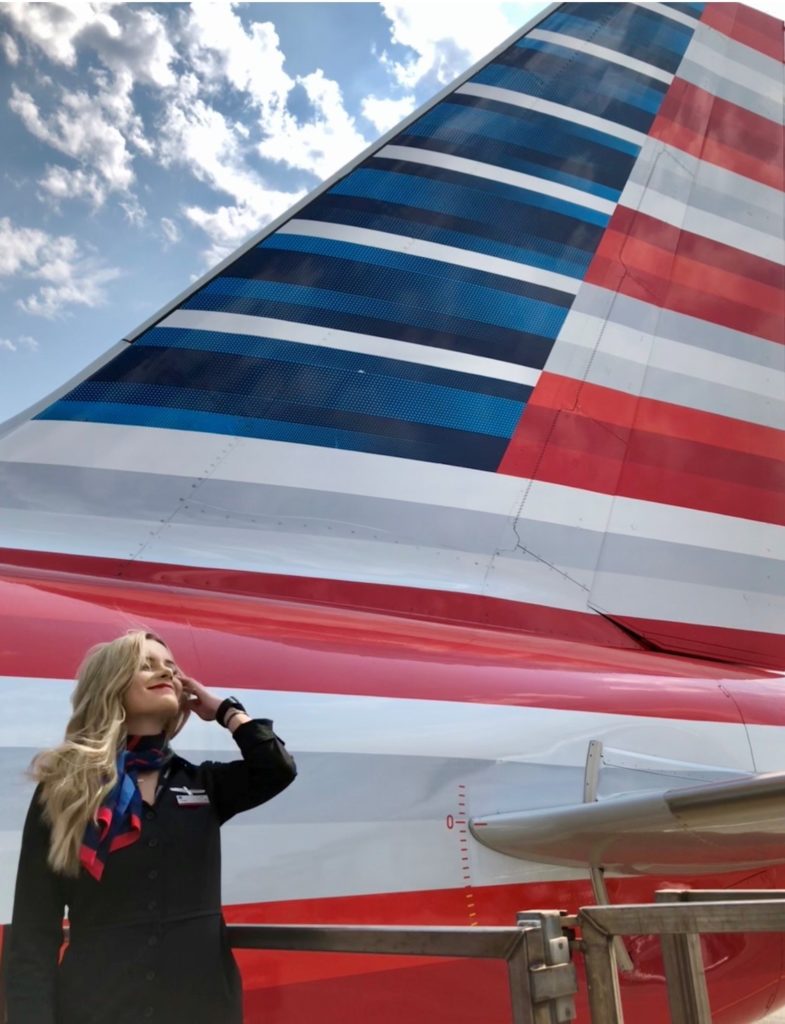Airline Employees Brace for Fall Furloughs
Thousands of flight attendants, pilots, other workers are vulnerable
By Natalie Fiorilli
Published August 31, 2020
Read Time: 4 mins
Jason White was having his morning coffee when he saw the news: American Airlines will be furloughing 19,000 of its employees, effective Oct. 1.
Right away, he checked his e-mail.
“I saw the notification go through, and it gave us the horrible numbers,” said White, a Fort Worth, Texas-based flight attendant for American Airlines.
“Unfortunately, I was one of them.”
In an Aug. 25 letter to employees, American Airlines CEO Doug Parker wrote, “We have come to you many times throughout the pandemic, often with sobering updates on a world none of us could have imagined. Today is the hardest message we have had to share so far.”
The letter went on to explain that 19,000 team members would be furloughed involuntarily without an extension of the Payroll Support Program (PSP) offered in March to airlines, including American, as part of the federal CARES Act.
In exchange for federal aid, airlines have been required to adhere to specific guidelines, including maintaining a percentage of flights at airports the airlines currently serve and retaining employees through the end of September.

Jason White, a Fort Worth, Texas-based flight attendant, is one of 19,000 American Airlines employees expecting to be involuntarily furloughed on Oct. 1. (Courtesy photo)
For White, a flight attendant with American for more than six years, the moment was surreal.
“I was in complete and utter shock,” he said. “I know that there would be a possible furlough, but I honestly didn’t think it would be that many people. I just sat on my couch and couldn’t move.”
Of those 19,000 employees, 8,100 are flight attendants. Others facing furloughs include pilots, ramp agents, customer service representatives and other front-line and corporate workers.
Though union contract details vary based on job type, furloughed workers have the option to remain employed, without pay, and have the possibility of eventually returning to work, based on the airline’s needs. Staff can be called back from a furlough in the order of highest to lowest seniority.
While furloughed, employees typically stop receiving benefits like health insurance from the airline. But they can seek temporary employment while waiting to be called back.
“I’m a homeowner, I have a car payment – and others have it worse than I do,” said White. “There’s single parents, they have to put their kids through school, buy food. It’s really affecting not only employees, but spouses, kids and their entire family.”
If Congress doesn’t extend the support program, White plans to look for another job. But he remains hopeful he will eventually be called to return to American.
“I just couldn’t imagine doing anything else,” said White. “When something is in your blood, just because someone gives you a sucker punch, that doesn’t mean that it takes that passion and that drive away from you.”
However, it’s likely that many of those 19,000 employees will be forced to move on, finding employment in other fields altogether.
“I have no clue what I’m going to do in the meantime,” said a 25-year-old Fort Worth-based American Airlines flight attendant named Taylor who did not want her last name published.
“A furlough was something I never even knew existed,” she said. “As if our financial situations didn’t just take a turn for the worse, we also will no longer be insured to care for ourselves and our dependents.”
More furloughs coming
As the CARES Act funding expires Oct. 1, other major carriers are likely to make announcements similar to American’s.
“It has to be coming soon,” said Brett Snyder, editor of the Cranky Flier aviation blog. “They have their crew schedules and flights and all of these things they have to plan in advance.”
In July, United Airlines announced it may need to furlough about 36,000 of its employees this fall—about 45 percent of its domestic workforce. Delta Air Lines hasn’t specified projections for its entire workforce but has announced plans to furlough nearly 2,000 pilots in October.
This fall won’t be the first time airlines have furloughed large numbers of workers. Economic recessions related to the Gulf War in the early 1990s, the terrorist attacks of 9/11 and the 2008 Great Recession each resulted in thousands of airline furloughs.
“This is par for the course,” Snyder noted. “It’s a roller coaster industry, it always is. Things are good and then they’re bad, and the airlines can get whiplash trying to keep up with everything.”

Taylor, a Fort Worth-based flight attendant, began working for the airline in 2018. (Courtesy photo)
It could take years for furloughed workers to return to the airlines, according to industry experts. But some workers are hopeful that a callback will come sooner than expected.
“I’ve dreamt of having this job and lifestyle for so long – I applied for years, interviewed twice and finally got the job in 2017,” Taylor said.
“For me, it wasn’t about the money. It was about the happiness I felt when I knew I was making a passenger’s day. I was finally where I belonged, doing something I loved and was free to explore all the culture, people and beauty this world has to offer.”
Watch
This Next
Read
This Next





